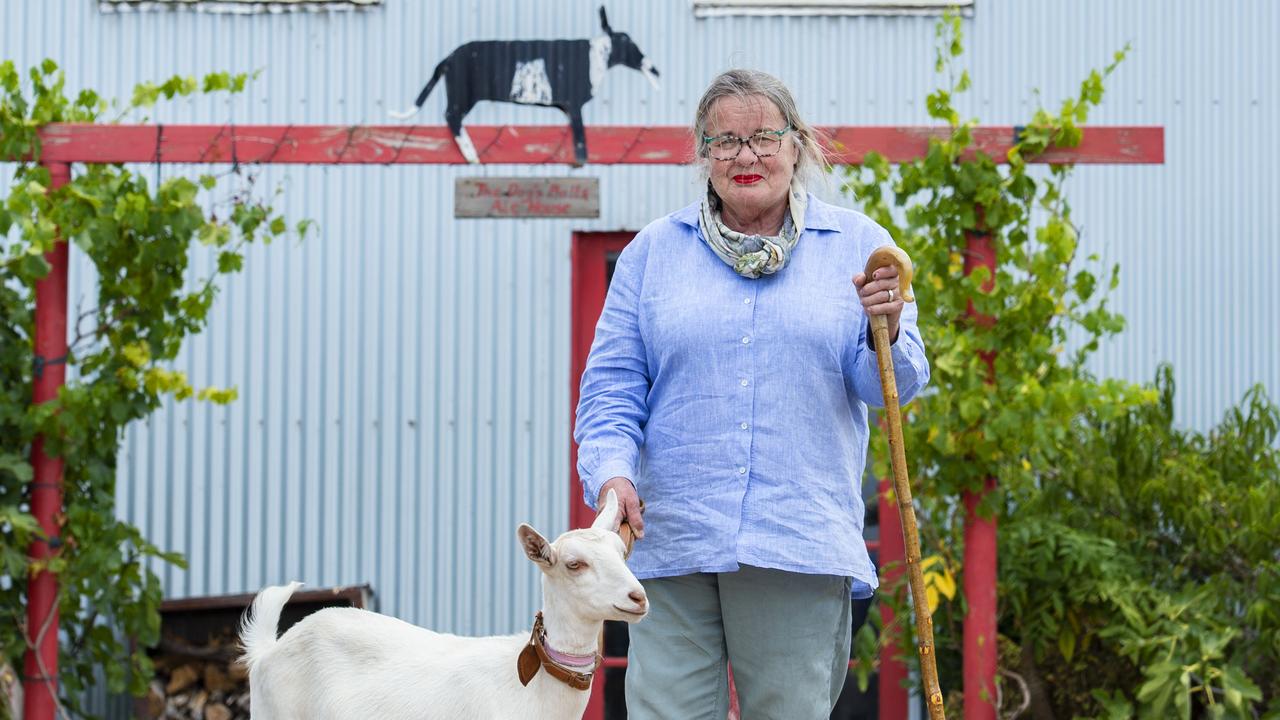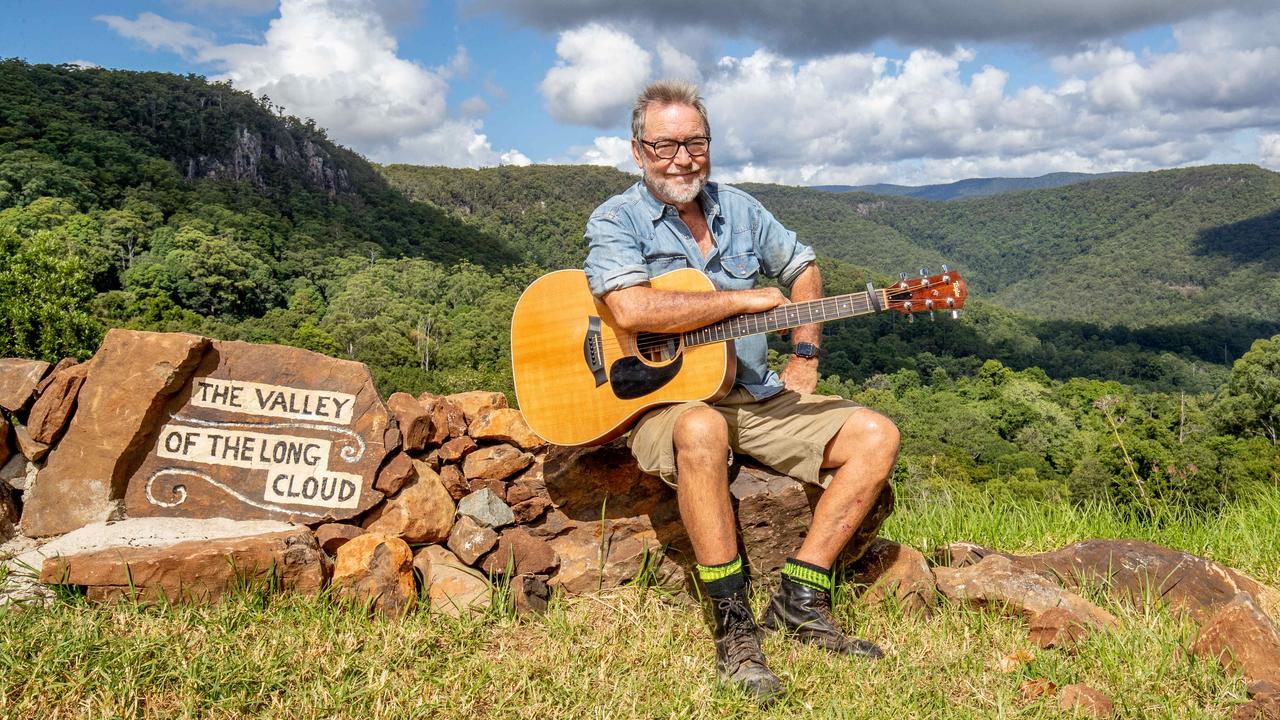Australia’s largest and oldest woolshed: Jondaryan
“WITH this woolshed,” says John Eggleston, “we are talking about the beginning of the sheep industry in Australia.

“WITH this woolshed,” says John Eggleston, “we are talking about the beginning of the sheep industry in Australia.
“All you ever hear about is (settler pioneer) John Macarthur and his Merinos. But this is the oldest and largest operating shearing shed in the world.
“There are other larger ones around, but this is the only one still standing of its era and still in operation.”
Visit the Jondaryan Woolshed in southern Queensland, near Toowoomba, and alongside the smell of lanolin, there is a palpable sense of history, down to the ironbark walls and the galvanised iron roof.
“Building started in 1859 and finished in 1861,” says John, resident historian for four decades.
“It was built out of ironbark from timber on the station. They had 23 carpenters working on this shed.
“All the nails were made on site by the blacksmith.”
The 81-year-old, on a tour of the shed, points up to the roof.
“This is the original roof. They started shearing here in 1861 before the roof had been put on. It’s the first example of a prefabricated roof in Australia. Every sheet was cut to fit in a specific place and there were 5000 sheets of iron, put together like a jigsaw.”
The problem is, says John with added fervour, few realise Jondaryan’s place in Australia’s agricultural history, with “the woolshed never having had the opportunity to tell its story”.
“And it’s a massive story.”
The land around the modern day township of Jondaryan was first selected in 1840 as a 51,800ha station and in its lifetime has had several owners, the most important being William Kent, who bought the land in 1858 with a business partner.
“Kent came to Australia from the UK with a grand plan, a dream, to make a massive empire based on sheep and wool,” John says.
“Up to that time the biggest shed was a 10-stand, able to shear up to 10,000 sheep, down in NSW, and farmers thought it was impossible to go beyond that number. Kent wanted to prove them wrong.”
Kent bought Jondaryan, building the 52-stand woolshed that still stands today. At its peak in the 1880s the station covered 121,400ha, with 250,000 Merinos.
“The woolshed was more than five times the size of anything that had ever been built,” John says.
“It’s the only shearing shed still standing of its calibre in the world. Bigger sheds were built after, but this was the template. All others were designed on this.”
During this peak, Jondaryan employed more than 50 shearers, including the record-breaking Jackie Howe, who shore 321 sheep (using hand shears) in seven hours and 40 minutes, in 1891 (at Blackall, Queensland). Since 2012, the woolshed has hosted the Jackie Howe Festival, an invitational for shearers, with a total prize pool of $15,000, making it the richest shearing festival in Australia.
Jondaryan reduced in size in the late 1800s when the colonial government, according to John, demanded large stations on the Darling Downs be broken up. The station continued to run a Merino stud until 1943, with the cropping taking over the Darling Downs leading to smaller sheep flocks.
“What brought the woolshed back into the spotlight was the local school celebrating its centenary in 1972,” says John. The residents needed a large space for a ball and chose the woolshed.
After that, the then owners donated the woolshed and 5ha to the community and the Jondaryan Woolshed Association was formed in 1973, with John a member of the board of directors. The association raised money to buy several original farm buildings, which they moved on to the 60ha as a museum for tourists, with a blacksmith shop, Cobb and Co wagons, rustic cabins and shearers quarters.
In 2008, the shire took over ownership of the farm and woolshed, with Lisa Raklander as manager. Lisa runs it as a tourist attraction, with accommodation, sites for caravans, and events including shearing competitions and the Australian Heritage Festival, weddings, conferences and heritage days that show off bush skills from rope-making to whip-cracking and damper-making.
The Jondaryan Woolshed complex continues to run 60 Merinos, with six Clydesdales and a cafe that uses bush tucker grown on site.
“Visitors come here thinking it’s just another shed,” Lisa says.
“But it’s not that at all. It’s the beginning of the Darling Downs and the Australian wool industry. It’s time people knew that.”


